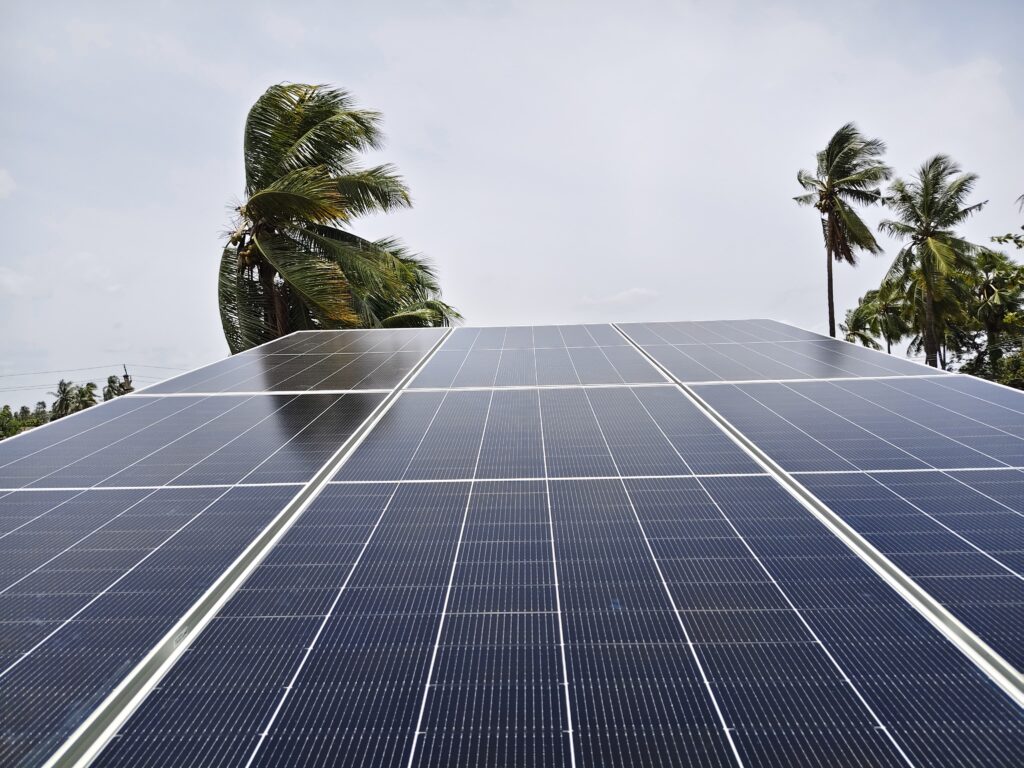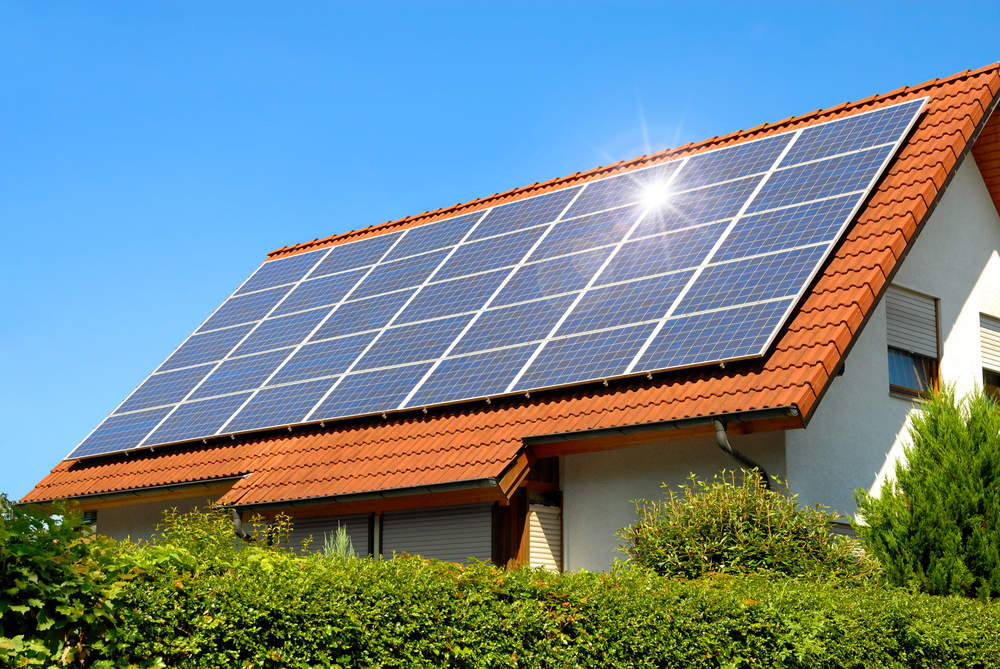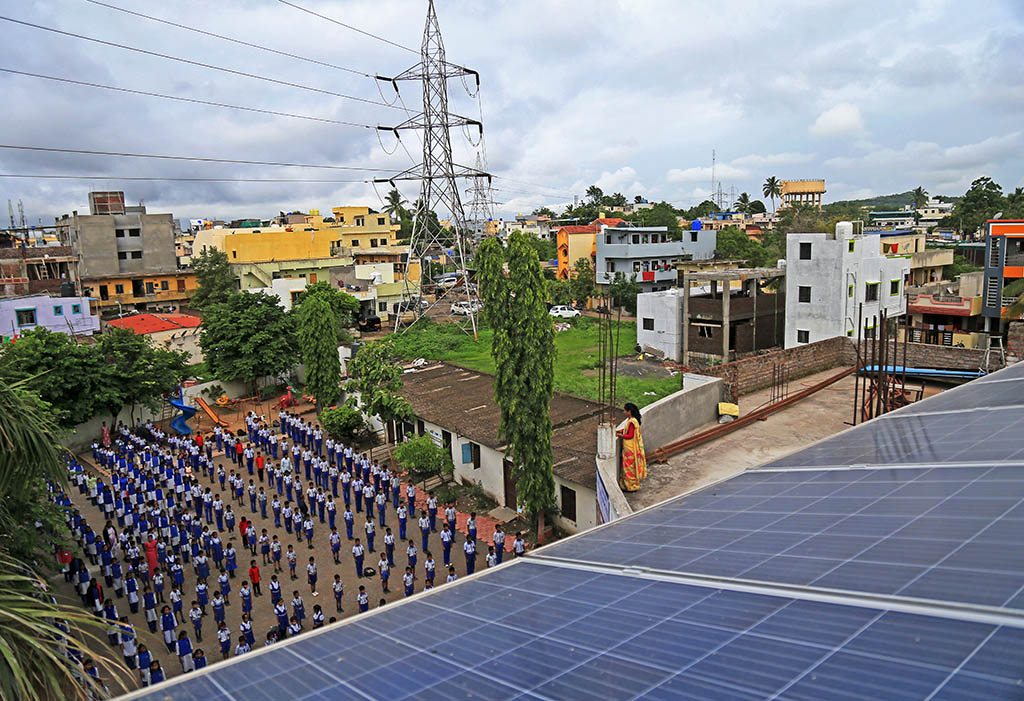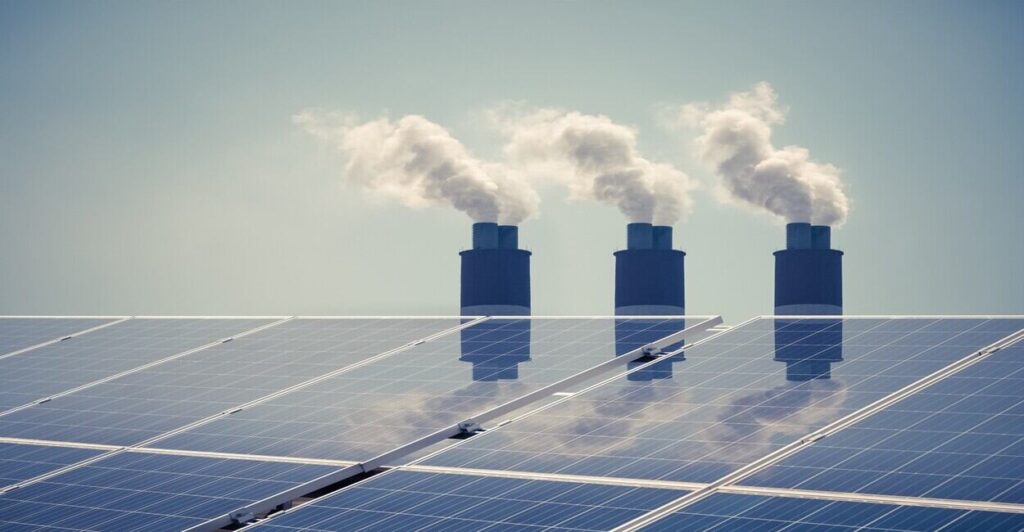Why Solar Is Worth It in 2025
By 2025, solar rooftop systems are more affordable and rewarding than ever in India—especially in Andhra Pradesh and Telangana. Thanks to central subsidy schemes like PM Surya Ghar Muft Bijli Yojana, generous state incentives, and net‑metering policies, solar panels can reduce electricity bills by 30–90%, generating clean, sustainable power at low cost

Savings Breakdown by Sector
Homes (Rooftop Systems)
2 kW system: Costs Rs1.5–1.7 L before subsidy; central rebate Rs60,000 brings net cost to Rs90k–Rs1.1 L in Andhra Pradesh
3 kW system: Pre‑subsidy Rs1.05–1.41 L; subtract Rs78,000 central subsidy = Rs0.52–0.72 L net cost in AP
Typical household savings: 30–40% monthly electricity bill reduction, with payback in 3–5 years and 25+ year lifespan
Andhra Pradesh targets 3 lakh rooftop installations by June 2025, focusing on free 2 kW systems for SC/ST beneficiaries, generating ~1,743 million units annually.

Schools & Educational Institutions
Many schools in Uttar Pradesh saved up to 70% on electricity bills using rooftop systems under the same PM scheme
Andhra Pradesh and Telangana offer similar frameworks for schools; government incentives and net‑metering allow schools to reinvest savings in infrastructure or programs.

Small Businesses & Commercial
5–10 kW systems for shops and small offices: Pre‑subsidy cost Rs2.1–3.3 L; central subsidy Rs78k plus state top‑up (e.g. Rs20k–Rs60k in Telangana) makes net price Rs1.5–1.9 L
Businesses can offset electricity bills by up to 90%, reducing operational costs and improving ROI over their solar system’s 25–30 year lifespan.

Localisation: Why Andhra Pradesh & Telangana Are Ideal
Abundant solar radiation: Both states receive high sunlight levels, ensuring strong energy yield year‑round.
Net‑metering policies in Andhra Pradesh and Telangana allow selling excess power back to the grid—effectively turning sunlight into savings and revenue
AP’s mega solar projects (like the Kurnool Park) reflect a strong state-level clean energy push
ROI & Payback Estimates
| Sector | System Size | Net Installation Cost | Annual Bill Savings | Payback Period | 25‑Year Net Savings |
|---|---|---|---|---|---|
| Homes (AP/TG) | 2–3 kW | Rs0.9–1.4 L | Rs15,000–Rs20,000 | ~4 years | Rs3–4 L |
| Schools (Govt) | 5–10 kW | Rs1.5–2 L | Rs60,000+ (70% cut) | ~3 years | Rs10 L+ |
| Small Businesses | 5–10 kW | Rs1.5–1.9 L | Rs30,000–Rs50,000 | 3–5 years | Rs8–12 L |
These estimates assume Andhra Pradesh/Telangana tariff rates and DISCOM policies remain in force—but even if policies shift, solar economics remain strong.
FAQ
1.How much can I save on electricity bills with rooftop solar in Andhra Pradesh?
Typically 30–40% savings for a 2–3 kW household system. For schools or businesses, depending on usage and net‑metering, savings up to 70–90% are common.
2. What subsidy is available for residential solar systems in 2025?
Under PM Surya Ghar, central subsidy up to Rs78,000 for ≥3 kW systems; Rs60,000 for 2 kW household systems. SC/ST in AP get free 2 kW systems; BC households get extra Rs20k state subsidy
3.Are businesses eligible for additional incentives?
Yes—Telangana offers state subsidies (Rs20k–Rs60k) plus 100% SGST reimbursement, and businesses benefit from accelerated depreciation and net‑metering revenue
4.What is the payback period of a solar system?
Typically 3–5 years. After that, energy is essentially free for the next 20+ years, with proper maintenance.
5. Can schools and institutions apply for rooftop solar subsidy?
Yes—government and aided schools are eligible under the PM Surya Ghar scheme and net‑metering policies, often achieving 70% cost savings
Conclusion:
Installing solar in 2025 isn’t just wise—it’s transformative. In Andhra Pradesh and Telangana, thanks to government support and sunny conditions, solar gives families, schools, and businesses a sustainable path to cut electricity costs, earn from surplus energy, and confidently invest in the future.

